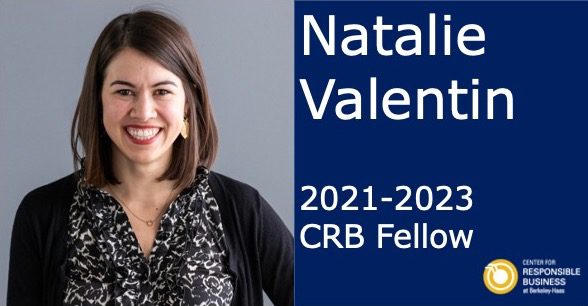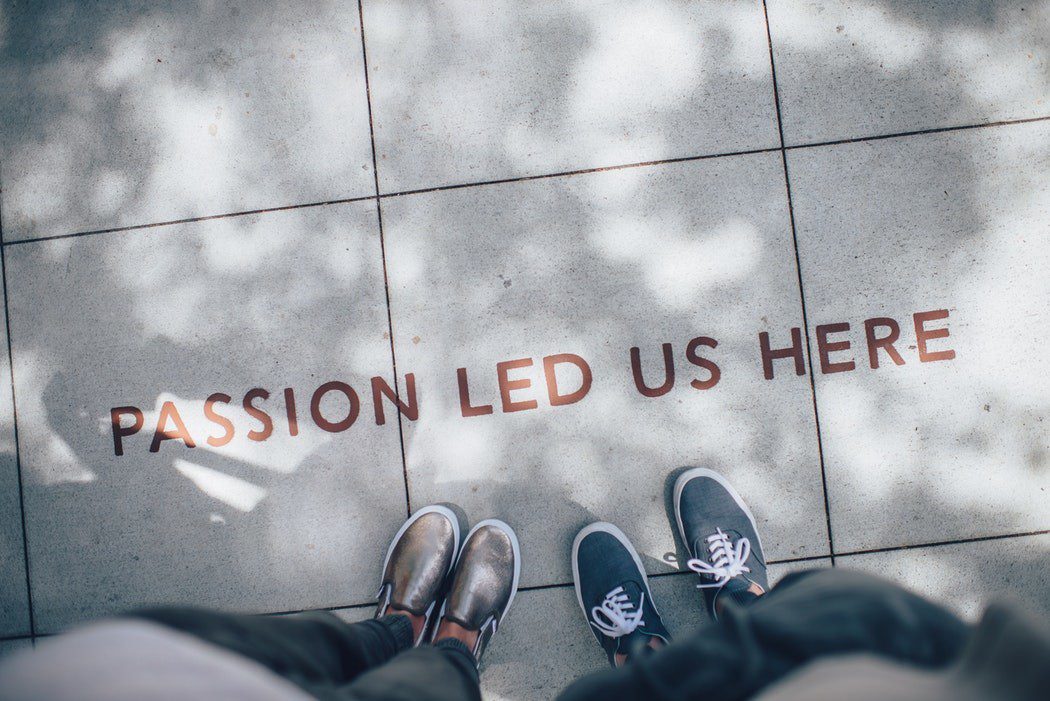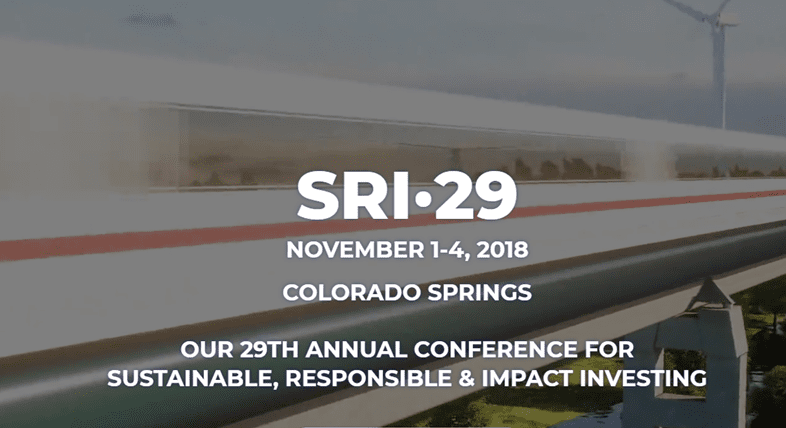Alumni Perspective on a Career Advising Non-profits and Foundations
By Deborah Fleischer, CRB Communications Consultant, and Christina Meinberg, CRB Associate Director. This is the third in a series of blog posts highlighting CRB alumni. In this post we focus on Amy Dickie, Haas MBA ’07.

Amy Dickie, Haas MBA ’07, is a Senior Consultant at California Environmental Associates (CEA) working in the philanthropic sector. We had the opportunity to catch up with Dickie about her career path before, during and after Haas.
What sparked your interest in sustainable business?
I became interested in sustainable business early on in my career. I was at the WTO protests in Seattle in 1999, shortly after I graduated from college. I stumbled upon a workshop that was a kind of sideshow to the protests that had speakers on corporate social responsibility. Having never heard that term before, I was very excited by the idea that there could be that kind of dialog between society, the environment and business and that business could be used as a tool for positive impact.
I always wanted an impact career since the beginning. When I started off my career, I was interested in sustainable business and fell in love with the idea of integrating the engines of entrepreneurship and finance with the bigger themes of balancing people, planet, profit.
Why did you choose to go to Haas, and what were the most helpful skills you learned?
I chose to go to Haas because I wanted to be at a top MBA program that had the reputation for focusing on responsible business leadership. I was pleased to find myself among a robust group of students pursuing an impact career. While at Haas I took four courses at the Center for Responsible Business (CRB).
My time at Haas helped me to be able to understand the fundamentals of any business quickly, and to be able to ask material questions faster. When I say “business”, I mean it in a broad sense. Every organization (non-profits and foundations included) has products and customers, and needs to know how to execute well.
One other skill I got from Haas is the ability to integrate different types of information: analytics, market data, policy perspectives, environmental trends and social issues. I also gained confidence at Haas, which has helped me feel comfortable jumping into situations that are totally new (e.g. regulatory rule making) and figure out quickly how to be effective.
How did you end up consulting in the philanthropic sector?
Before coming to Haas, I worked for a small non-profit called Investors’ Circle that helped create a marketplace for for-profit social ventures to find like-minded angel investors. I fell in love with dozens of great companies in that network: Zipcar, Guayaki, Organic Bouquet, Big Belly Solar, Niman Ranch. I came to Haas hoping to continue in this field, with either a company or an impact investment fund.
After Haas, landing a position in sustainability consulting was serendipity. I was not looking for consulting work, but knew I wanted to be in the environmental field or social finance sector. I ended up at CEA via the Sea Change Fund, which was a small private equity fund focused on growing a market for sustainable seafood. Sea Change was housed at CEA and grew out of consulting work that CEA had done for the Packard Foundation and was seeded by a program related investment from Packard.
CEA is a consulting firm with many branches including one that provides strategy and management consulting to environmental foundations and non-profits. Working at Sea Change was right in line with what I had been looking for. The fund was already up and running and I was brought on in a contract position to help with due diligence and deal structuring for new investments and also to help them consider options for a second fund. For a host of reasons Sea Change never raised a second fund, and my trajectory veered pretty quickly into the consulting side of the business.
I’ll never forget my first project on the consulting side. CEA needed help staffing out a project to develop a conservation fund for the Pacific Leatherback Sea Turtle, a severely endangered sea turtle. One of the partners of the firm came to my cubicle and said, “we have this project… sea turtles… you’ll have to spend some time in Bali…” (their primary nesting beaches are in Indonesia). I had never heard of this species before, but I said “of course!” That was the beginning of now six years of a wide range of consulting projects for environmental foundations and non-profits.
What do you enjoy most about consulting?
My work covers a diverse range of issues as I help NGOs and foundations develop strategies for addressing big environmental problems. One of the things I love about this job is that I’m always learning new content. Right now I am learning about the greenhouse gas implications of degraded pastures in Brazil, agricultural water withdrawals and meat consumption in China. I have worked on all kinds of bold initiatives: promoting sustainable agriculture, halting deforestation in the Amazon, reducing over fertilization of crops across China, installing cool roofs in cities around the world, expanding the markets for ecosystem services and transitioning the US economy to renewables.
What advice do you have for students interested in a career in sustainable business?
In terms of a sustainability career, I think it really helps to have some content expertise, as well to think across disciplines. Gain content expertise around one area, be it climate change, sustainable agriculture, sustainable supply chains or impact investing, but also expose yourself to other issues, such as health, policy, science, water, climate and biodiversity impacts. Take a policy class as well as other cross-disciplinary courses so you gain a better understanding of things like regulatory systems and how scientists think. You don’t need to be an expert in the other areas, but have an awareness of what role they play, how they intersect and the basic framework for how people in these fields think. This cross-disciplinary approach is often missing from a traditional MBA program, but if you are interested in a career in sustainability, seek out this type of training available at Haas and within the broader Berkeley campus.
My advice for any MBA student is to figure out what you want to do and stay focused. In terms of a sustainability career, when it comes time to finding a job be willing to take stay open minded, take some risks and be OK with ambiguity when others around you are getting more traditional job offers.


